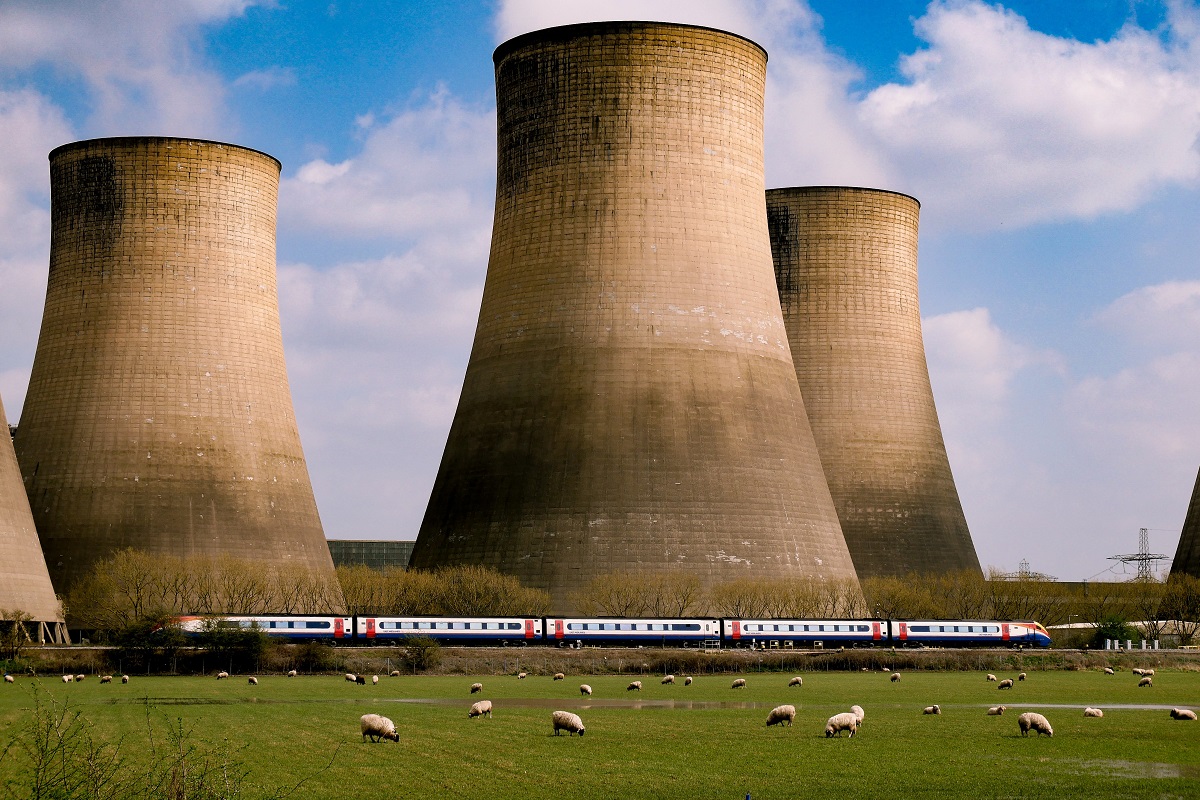Google’s AI system has recently “learned” how to manage a magnetic field in a fusion reactor – and it might open the path to endless sustainable energy generation, Yahoo Finance writes.
The accomplishment, in which a DeepMind-designed system was able to manage the magnetic field in a Swiss tokamak reactor, might pave the way for new fusion reactor designs, researchers say.
Tokamak reactors aspire to create fusion energy by trapping plasma in a magnetic field, however managing the magnetic field is difficult.
The reactors employ a powerful magnetic field to contain plasma at extremely high temperatures — hundreds of millions of degrees Celsius, far hotter than the sun’s core – allowing nuclear fusion between hydrogen atoms to occur.
Every nuclear reactor in operation today is a fission reactor, which uses the energy generated when heavy atoms like uranium disintegrate into smaller atoms, a process similar to that utilized in the early nuclear bombs.
A fusion reactor operates in the reverse direction, harnessing the energy released when two smaller atoms come together, resulting in the production of tiny, fast-moving particles smaller than atoms.
However, in order to do so, firms must discover a technique to extract energy from a plasma that is kept at millions of degrees Celsius – a task that has eluded academics for decades.
Tokamaks create and sustain plasmas using a sequence of magnetic coils, the parameters of which, particularly the voltage, must be constantly monitored.
DeepMind experts created and trained an AI system capable of creating and maintaining certain plasma configurations on the simulator at the Swiss Plasma Centre (SPC) of the Ecole Polytechnique Federale de Lausanne (EPFL).
After being educated, the AI-based system was able to develop and maintain a broad range of plasma forms and complex configurations, including one in which two independent plasmas are kept in the vessel at the same time.
Finally, the study team put their novel system through its paces on the tokamak to determine how it would do in real-world situations.

